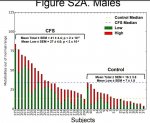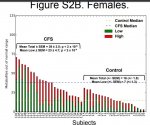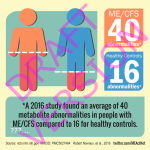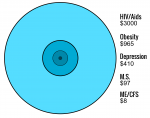Is there an archive for infographics relating to M.E?
I would like to get involved in advocacy and I have graphic design experience. I’m interested in creating infographics which concisely summarise various aspects of M.E. (research, lack of funding, lack of awareness etc.) which can be shared on social media. I’m specifically talking about graphics that represent data and statistics (see examples below) as opposed to art work or cartoons. For instance showing how M.E. is at bottom of pile for funding by comparing money spent per person for other illnesses. Other examples could be clarifying and simplifying data produced from studies by Davis, Naviaux et al.
After a brief search through PR, Twitter and the #MEAction website I couldn’t find much. Surely there’s plenty of statistics, numbers and info that can be summarised into easy-to-understand graphics, or am I mistaken?
Thanks
JD



I would like to get involved in advocacy and I have graphic design experience. I’m interested in creating infographics which concisely summarise various aspects of M.E. (research, lack of funding, lack of awareness etc.) which can be shared on social media. I’m specifically talking about graphics that represent data and statistics (see examples below) as opposed to art work or cartoons. For instance showing how M.E. is at bottom of pile for funding by comparing money spent per person for other illnesses. Other examples could be clarifying and simplifying data produced from studies by Davis, Naviaux et al.
After a brief search through PR, Twitter and the #MEAction website I couldn’t find much. Surely there’s plenty of statistics, numbers and info that can be summarised into easy-to-understand graphics, or am I mistaken?
Thanks
JD




